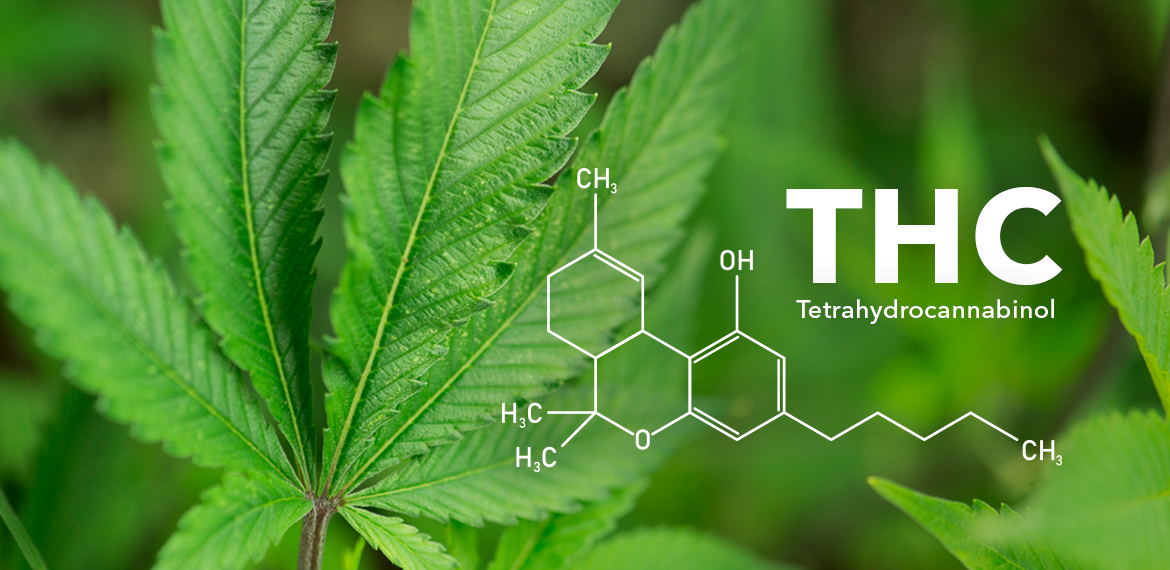Code name 420, cannabis has been grown and used for a long time throughout history. The first documented use of the drug was in western China in 2800 BC, in Emperor Shen Nung’s pharmacopeia. In Hindu texts, it was said that Shiva, the godhead of many sects, had cannabis as his favorite food and, therefore, the drug had medicinal benefits. The first uses of weed were not due to their psychoactive properties, but rather due to speculation of their health benefits. Another example of this was in central Asia, where they burned cannabis for rituals. The mourners would have inhaled THC-laced fumes as rituals were held in enclosed spaces, which could have been the first few uses of cannabis for psychoactive purposes.
Now, we associate anything containing the number 420 with weed. It was said that a group of five high schoolers from San Rafael High School in California’s North Bay would meet up at the statue of Louis Pasteur, a chemist, at 4:20 p.m. to smoke a joint. They picked 4:20 p.m. as it was after classes and football practice, making it the perfect time to sit under the stands and smoke it up. The date and time slowly caught on, especially when the brother of one of the five students helped spread the idea through the band “Grateful Dead”.
The main active ingredient in cannabis is cannabinoids, which are found nowhere else in nature. Cannabinoids make up 1/4 of the active chemicals released by the plant. Delta-9-tetrahydrocannabinol, also known as THC, is the intoxicating cannabinoid found in the plant, while cannabidiol, known as CBD, is non-intoxicating. THC is part of the endocannabinoid system, mimicking the endogenous cannabinoids that are naturally found in our bodies. The intake of cannabis increases activity in the endocannabinoid system, which causes large enough effects on the brain and body for users to notice.
Cannabis’ effects on the brain is an ongoing area of research, however, there is still substantial evidence available. Long-term use of weed significantly impacts the brain, leading to increased difficulty with specific learning and memory tasks as changes take place in the hippocampus. Exposure to THC in adolescent rats in a study showed cognitive impairment in the adult stage. Parts of the brain regions were reduced in volume, with memory, learning, and impulse control being among the functions that were inhibited. Another study suggests that the starting age of consumption varies the long-term effects. Starting recreational marijuana before the age of 16 leads to a disturbance in the development of the frontal cortex, a brain region highly associated with memory, attention, and judgment. Brain structure is modified as well, with changes appearing in gray matter tissue and white matter tract integrity, in addition to abnormalities in neural functioning. This is further exemplified in a longitudinal study in New Zealand, where teenagers who smoked heavily were found to have lost IQ points that they are unable to recover, compared to those who started smoking as adults (who did not lose IQ points).
The use of cannabis for medical purposes has been shown to be effective. While there is a gap in this area of research, the suggested explanation for the overall improvement in patients is due to age: these patients tend to be older than recreational users. However, genetic predisposition and history of addiction are factors that should be accounted for due to the addictive nature of cannabis. There is still a lack of sufficient literature to provide solid claims for the safety of medical cannabis, including the method of dosing.
In the body, THC has varying effects. As an inhibitor, THC suppresses the immune system, leaving it vulnerable to viral attacks as the body is unable to fight back. On the other hand, THC is a stimulant for appetite, so it is common for users to eat more than usual while high. For those who choose to smoke weed, the chemicals irritate the lungs and bronchial passages, leading to a burning mouth and throat, as well as increased chances for the development of severe respiratory illnesses and lung cancer. One of the signs of a high is bloodshot eyes. This is due to increased blood flow, thus increasing oxygen transport throughout the body. It is thought that THC aids with controlling spasms. In addition, dopamine is released with the use of the drug, which is a key reason for usage disorder.
Weed, just like other intoxicants, provides a high that many people crave. Responsible consumption is always vital, as there are no positive outcomes from substance abuse. THC activates multiple parts of the brain; therefore, it is crucial that the brain is fully developed before cannabis usage to reduce long-term risks and changes. While cannabis does show benefits to some aspects of mental health and certain bodily functions, it is important to note that this is an ongoing area of research, and the full scope of its safety and long-term effects on the body are still gaps in the literature.









